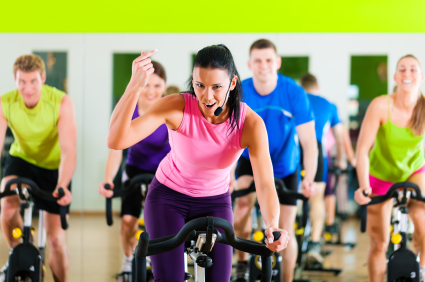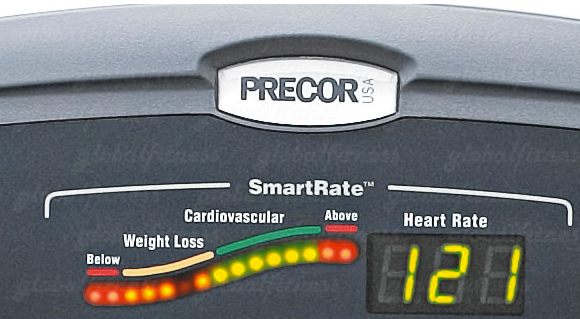One cool thing about having an iPhone is there are hundreds, if not thousands of applications for calorie tracking, weight loss, and food preparation. One of the apps I was most excited about when I started running were the Nike+ suite of applications for the iPhone.
I’ve had a pair of Nike running shoes for a while that had this Nike+ logo on the bottom. What I understood when I bought them, that these shoes had a Nike+ sensor BUILT into the shoe! Well I was a tad wrong, but I got it all sorted out. I first got the shoes, and fired up the Nike+ running application.
The application told me to walk around to activate the sensor in my shoes. I walked around a bunch. Nothing happened….. then I walked around some more… nothing happened. I started to doubt that the application was working, I restarted my phone, and fired up the application again. Nike+ told me to walk around to activate the sensor. I started walking around again, and… nothing. I must be doing something wrong I thought. I had ruled out the phone, right? restarted the phone and application. Maybe I had a bad sensor in my shoes? These shoes were not brand new, maybe if it had batteries, the sensor had gone dead? I wasn’t going to let it get the better of me, I was going to figure it out! I’m a geek, I couldn’t let a pair of shoes and a sensor beat me.
I sat down, and took my shoes off. It didn’t make sense. My shoes have the Nike+ logo on the bottom. The engineer in me kicked in and I started to think about things logically. “Would Nike really put sensors in all those shoes? What about people that don’t even use them? It seems like a waste.” So I looked at the left shoe, and lifted the insole out. Hey there was a plastic area that was hollowed out with something gray inside of it. I pulled out the grey piece, it was a piece of foam, but it was about the size that a sensor would fit in. I think I found where the sensor was supposed to go.
I started googling it, and found that yes, DUH, I needed to buy a sensor that fit into the shoes. I started to get mad, thinking it was probably like $100. I was able to locate one at Best Buy, for $19. I ran out and got it, opened the package, and slipped it into the cavity in my shoe. I replaced the insole, and fired up the application. After two steps the Nike+ application was registering my steps. I kind of felt silly that I was missing hardware… come on, I should have thought of that!
It’s great for running on the treadmill. After a few runs, you can start to gauge the distance against what the treadmill says, and calibrate it so that it gets your running distance closer to what it actually is. The application runs on your phone, and keeps track of the distance that you run. I run with the phone in my pocket, and listen to music. You can reach down while you’re running and press the iPhone’s home button, a voice will tell you how long, how far, and what pace you’ve been running.
There’s also a “Power Song” option that you can set. So when you’re starting to get tired, and feel spent, you can have it play a song to energize you. It’s funny that when you have good songs playing, it really does help you lose focus on being tired and allows you to push forward. There’s been runs where I thought that I was done, and I’ve gone for my “power song” (Chemical Brothers – Galvanize) and been able to continue on. If your power song is “Oops I did it again” I won’t hold it against you. I need a song that’s energetic, and long so I can get back into my stride. What is your power song? Techno? Top 40? Maybe some old 80’s music?
During your run, you can press the ‘home’ button on the iphone, and the Nike application will announce your time spent running, pace, and distance. It’s nice to be able to hear where the application thinks you are in relation to what the treadmill says.
At the end of your run, you can upload the data to Nike’s web application for running where it will show you a statistical break down of all your runs, your pace, calories burned, and other great information. It’s really satisfying to see the cumulative miles you run add up and see the progress you make. The Nike+ web site which you upload data too has some REALLY cool stats. They have an achievement system that will keep track of things like your fastest mile, fastest 1K, longest run, longest time spent running, and there’s a bunch of celebrity voices like Lance Armstrong (maybe they pulled his now though) that congratulate you on your achievements and victories. I’ll review a second Nike+ running application for the iPhone in the future, that requires NO sensor in your shoes.
Here are some more screen shots from the application. It’s very simple to use, is one of my favorite tools that I am using right now in my weight loss goals.















